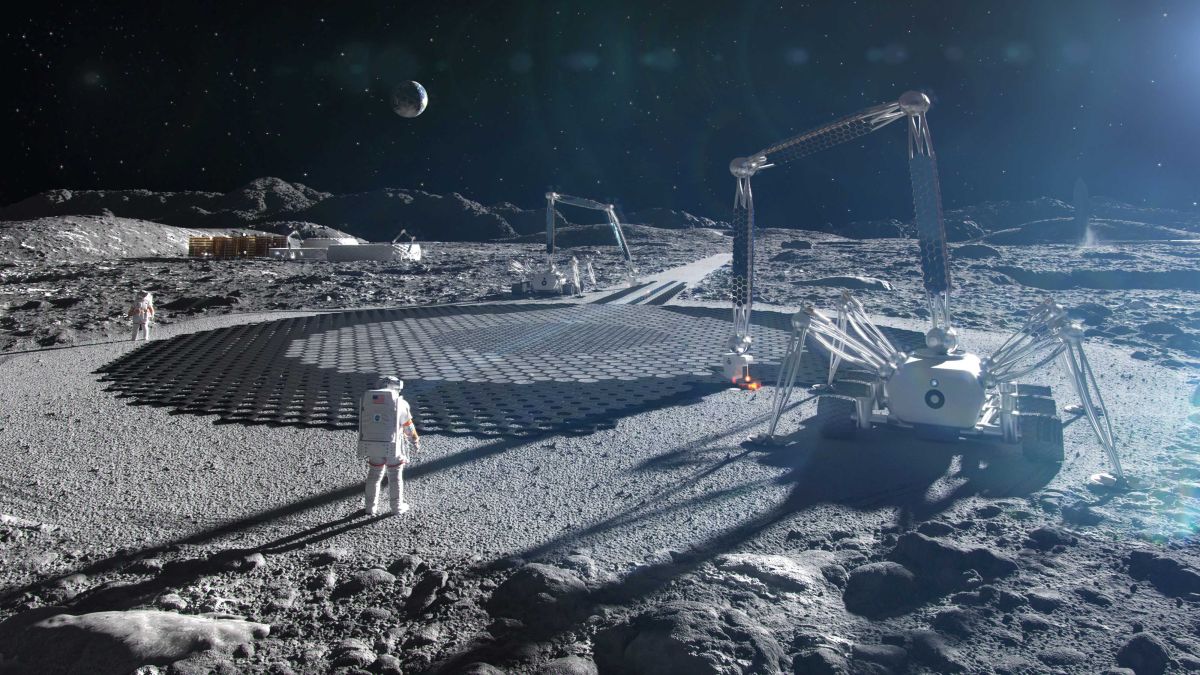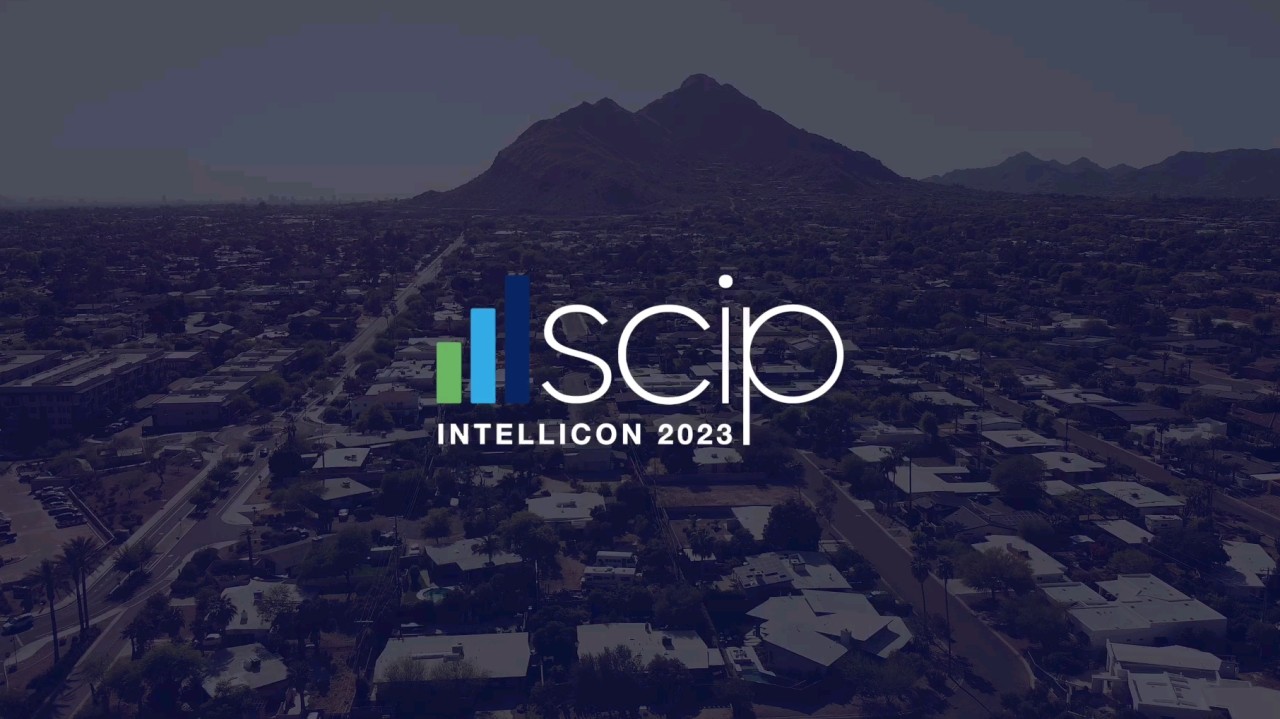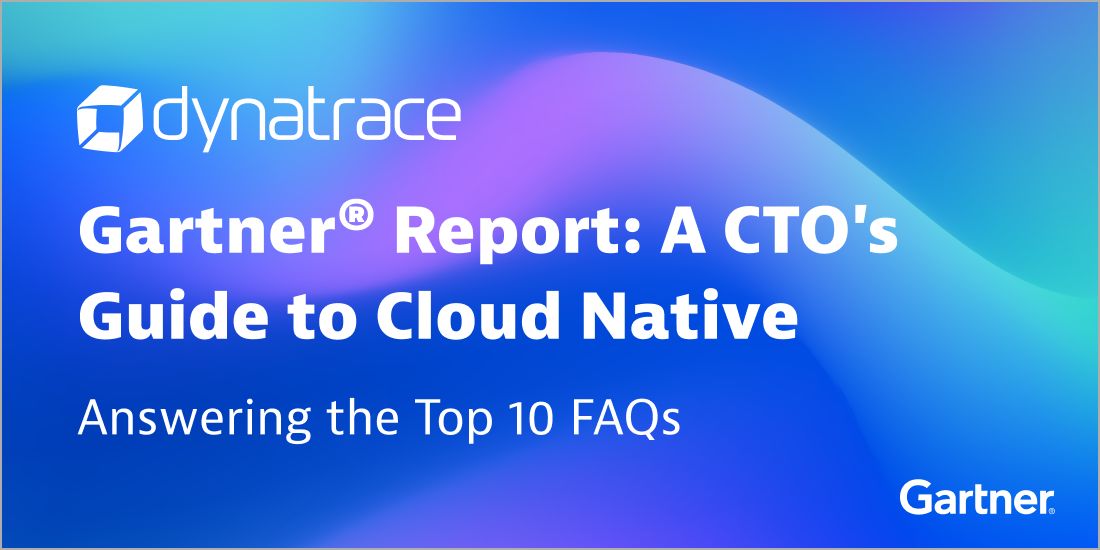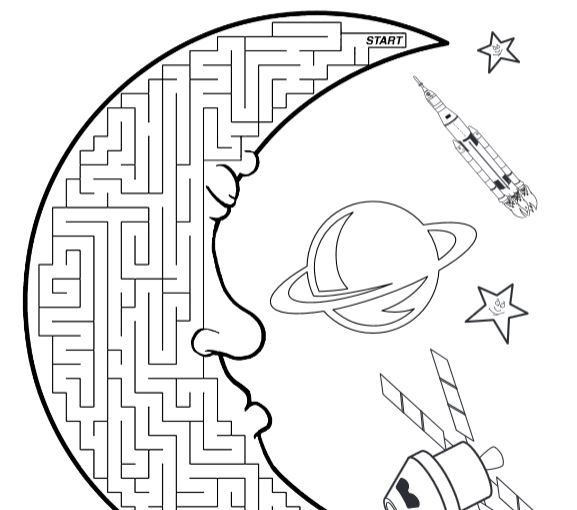Moon Mining Gains Momentum as Private Companies Plan for a Lunar Economy
Mining has always been a crucial industry for the development of civilizations on Earth. Now, the focus is turning towards a new frontier: the moon. Private companies are ramping up their efforts to tap into the vast resources that the lunar surface holds, fueling excitement about the prospect of a lunar economy. In this article, we will explore the growing momentum behind moon mining and the potential implications for future space exploration and human colonization.
The Promise and Potential of Moon Mining

Moon mining refers to the extraction and utilization of valuable resources and minerals found on the lunar surface. The moon is believed to be abundant in resources such as water ice, helium-3, platinum group metals, and rare earth elements.
The Advantages of Moon Mining

1. Resource Accessibility: The moon is much closer to Earth than any other celestial body, making it more accessible for mining operations. This proximity significantly reduces the cost and time required for transportation.
The Challenges of Moon Mining

1. Technological Limitations: Moon mining poses numerous technical challenges, including the development of robust mining equipment capable of withstanding the harsh lunar environment.
1. Lunar Environment:
The moon’s surface is characterized by extreme temperatures, micrometeorite impacts, and a lack of atmosphere. These conditions require specialized mining techniques and equipment.
2. Dust Mitigation:
One of the major challenges in moon mining is dealing with lunar dust, which can cause equipment malfunctions and health hazards to astronauts and mining machinery.
• Health Risks:
Lunar dust can pose serious health risks to astronauts, potentially causing respiratory and other health problems. Effective dust mitigation strategies are essential for safe and sustainable moon mining operations.
• Equipment Maintenance:
Lunar dust can infiltrate mining equipment, causing abrasion and damage. Regular maintenance and advanced dust management systems are crucial to ensure optimal performance and longevity of mining machinery.
The Race Among Private Companies

1. SpaceX: Elon Musk’s SpaceX has been at the forefront of commercial space exploration. The company’s Starship spacecraft is designed to transport both humans and cargo to the moon, setting the stage for potential mining operations.
The Implications for Space Exploration and Colonization

Moon mining has far-reaching implications for space exploration and future human colonization of celestial bodies.
The Road Ahead: Steps Towards a Lunar Economy

1. International Collaboration: Moon mining requires international collaboration and cooperation among space agencies, private companies, and governments.
1. Regulatory Framework:
Establishing a comprehensive regulatory framework is essential to govern moon mining activities, ensuring the responsible and sustainable extraction of lunar resources.
2. Technological Advancements:
Continued investment and research in developing advanced mining technologies will be crucial to overcome the challenges of moon mining and maximize resource utilization.
• Robotics and Automation:
The use of robotics and automation in lunar mining operations can reduce the need for human intervention in hazardous environments, improving efficiency and safety.
• In-Situ Resource Utilization:
In-situ resource utilization (ISRU) involves using local resources to sustain human presence on the moon. Developing technologies for resource extraction and processing on-site will be vital for long-term lunar exploration and colonization.
Conclusion
Moon mining holds immense promise for unlocking the resources needed for future space exploration and human colonization. Private companies, along with international collaborations, are leading the charge in advancing the necessary technologies and regulatory frameworks. As we venture further into space, a lunar economy becomes more than just a distant dream – it becomes a tangible reality.
FAQs (Frequently Asked Questions)
1. Are there any legal constraints on moon mining?
Currently, moon mining activities are regulated by international agreements such as the Outer Space Treaty. However, there is a need for further clarification and development of specific regulations to address the intricacies of lunar resource extraction.
2. How long until we see the first moon mining operation?
While several private companies have expressed plans for moon mining, the timeline for the first operational mining mission is uncertain. It will depend on the progress of technological advancements, regulatory frameworks, and financial investments.
3. How would moon mining benefit future space exploration?
Moon mining can provide essential resources and raw materials for fuel production, construction, and life support systems, reducing the dependence on Earth for future space missions. This, in turn, enables longer-duration missions and facilitates the establishment of infrastructure for more extensive space exploration.
4. What are the potential environmental impacts of moon mining?
Proper environmental stewardship and sustainable practices are crucial in moon mining. It is essential to minimize any potential damage to the lunar environment and protect the integrity of future scientific research and exploration on the moon.
5. How does moon mining compare to asteroid mining?
Moon mining offers certain advantages over asteroid mining, primarily due to its proximity to Earth. The moon’s resources can be easily accessed and transported back to Earth or utilized for in-space operations, whereas asteroids require longer travel distances and present different technical and operational challenges.


Add Comment